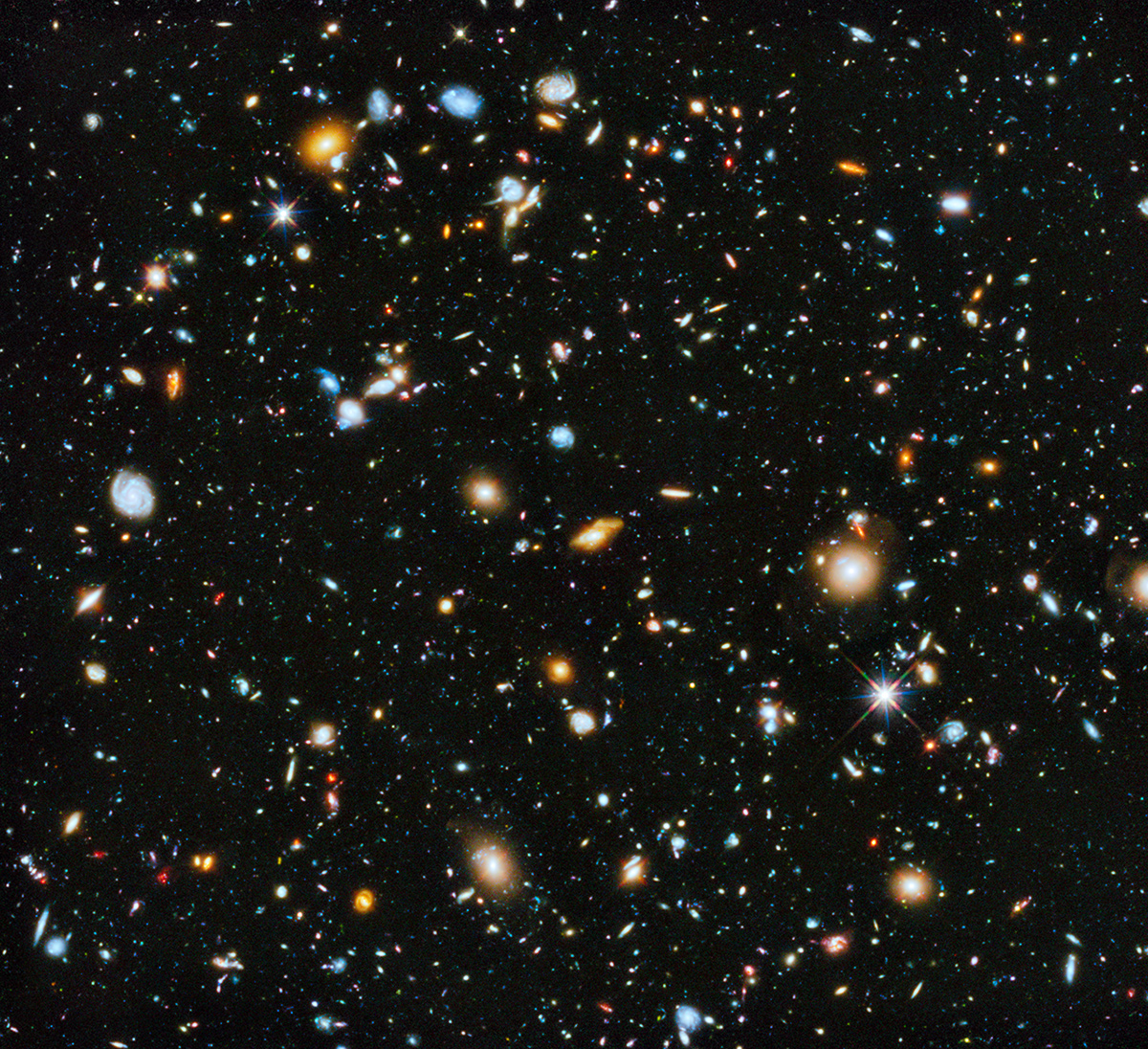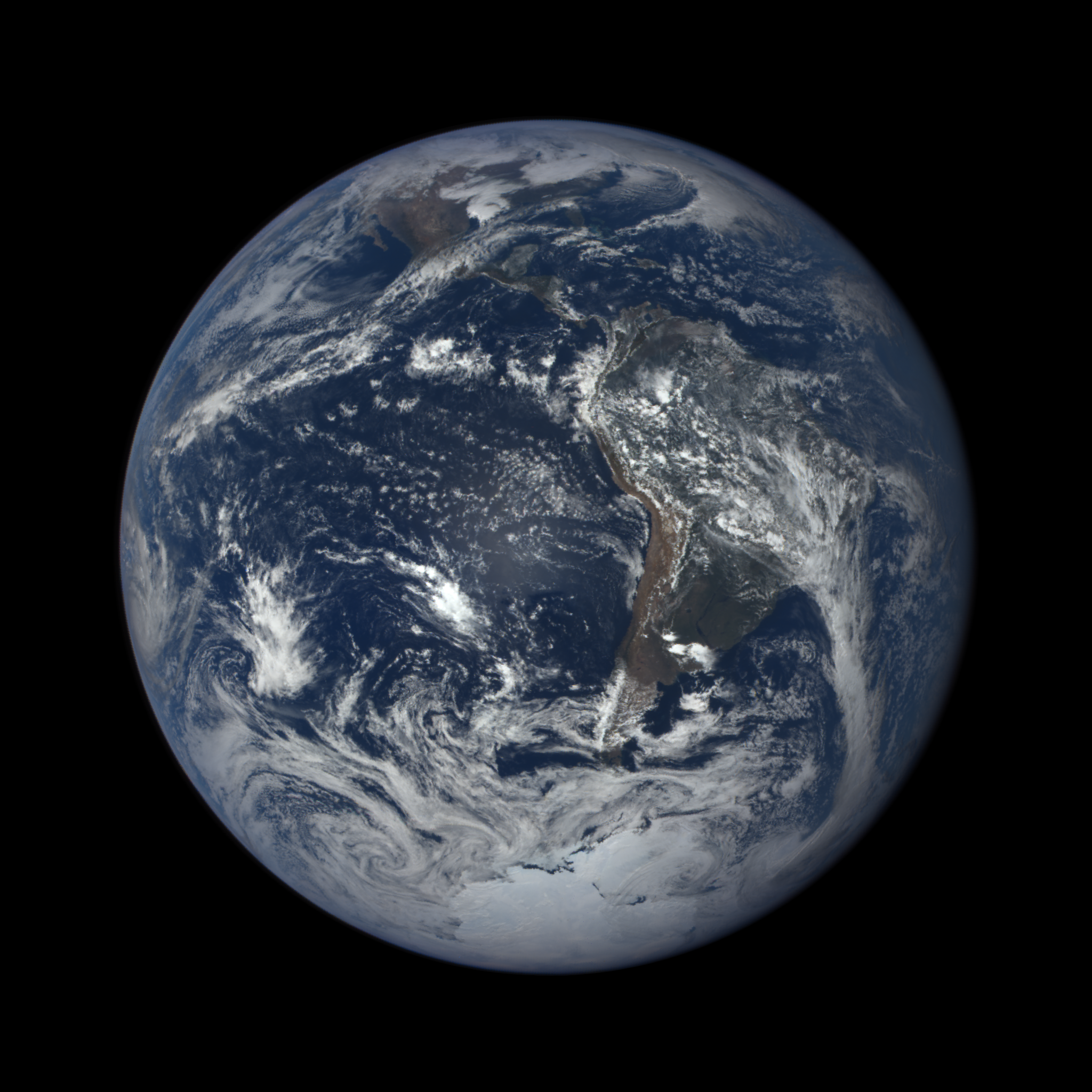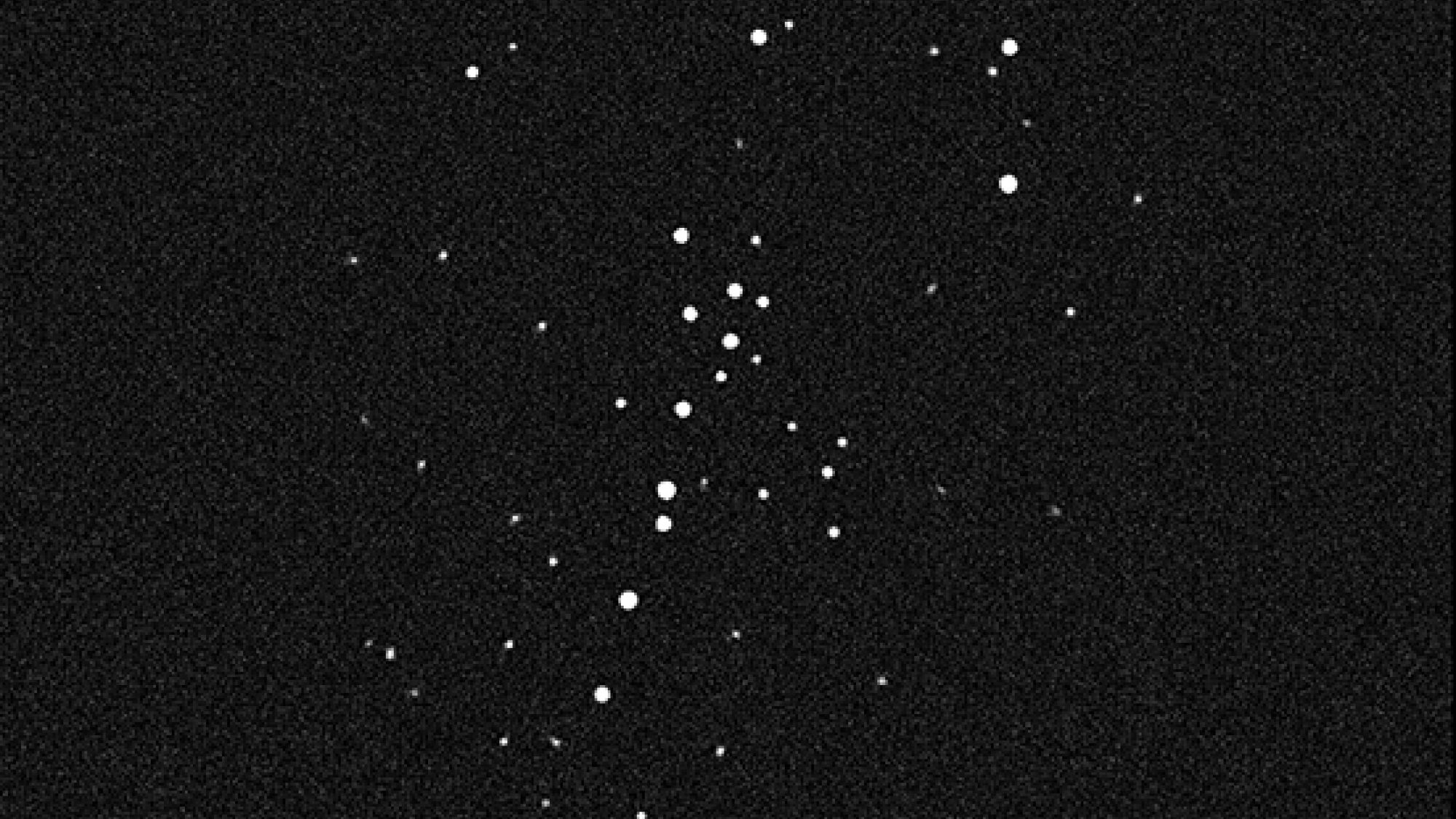
When Will We Make Contact with Intelligent Aliens?

"Are we alone?" is a pretty big question. But if the answer is "no," humanity may have to grapple with an even bigger issue — how to cope with crowds of extraterrestrial civilizations.
Over the last 20 years, astronomers have detected about 2,000 alien planets, and these discoveries suggest that potentially habitable worlds are common throughout the Milky Way galaxy (and likely throughout the universe as a whole).
There are thus many possible abodes for life throughout the cosmos and, given the age of the universe — about 13.8 billion years — there has been plenty of time for life forms to evolve complexity and intelligence, many experts say. [13 Ways to Hunt Intelligent Alien Life]
Are intelligent aliens out there? If so, when will humanity make contact with them?Space.com sent its own signal out to several top experts in the search for extraterrestrial intelligence (SETI) field, to ask whether 2016 could be the year of contact with ET — and if not, when?

The search ramps up
"I'm not holding my breath that we'll find conclusive evidence of alien technologies before the end of 2016. But the chances are getting better with every passing year," said Douglas Vakoch, Director of Interstellar Message Composition at the SETI Institute in Mountain View, California.
"Over the next decade, we should be able to search for radio signals from a million stars or more," he told Space.com. "That's a big enough number to make it reasonable to think that we'll find intelligent life … if it's actually out there and trying to make contact."
Breaking space news, the latest updates on rocket launches, skywatching events and more!
So don't place your bets for winning the SETI lottery in 2016.
"But within the next decade, we may well discover we're not alone in the universe," Vakoch said.
That discovery may come in the form of a radio signal directed at Earth from another star, or through indirect evidence gleaned by studying the atmospheres of distant exoplanets.
"Either way, the discovery of life beyond Earth would be one of the most profound events of the century," Vakoch said. [10 Exoplanets That Could Host Alien Life]
Patience needed

A different take is offered by astrobiologist David Grinspoon, author of the forthcoming book, "Earth in Human Hands" (Grand Central Publishing; due out in October 2016). The book delves into long-term implications of human influence on our own planet, and how this should affect how we think about SETI.
"My initial thought is that there is nothing very different about 2016 from 2015, 2014 or 2017," Grinspoon told Space.com.
In Grinspoon's view, exoplanet detections are encouraging, but they have not really changed the landscape very much from what early SETI pioneers in the 1960s assumed.
As for why contact has not been made already, Grinspoon suggested that the question itself indicates "a time scale of attention and impatience that is an impedance mismatch to the time scale of the question."
We may indeed make contact this year, Grinspoon said "and wouldn't that be fantastic? Or it may take another thousand years … which is nothing, really" on broader cosmological time scales.
Searching exoplanet atmospheres
It is clearly true that humanity has some promising new places to search, if certain assumptions about alien civilizations are correct, Grinspoon said.
"Radio searches should be targeted at nearby planets that seem potentially habitable," he said. "But let's not delude ourselves into thinking that this hugely raises the expectation that this will be the 'year of contact.'"
But Grinspoon is encouraged by the prospect that researchers should soon be able to search for signs of intelligent life in the atmospheres of some of these faraway worlds.
"Soon" is a relative term, of course. In Grinspoon's view, the term refers to the next few decades "as we develop the space telescopes that can start to discern the spectral signatures of planets that have been modified by intelligent activities."
And in these same decades, Grinspoon said, we need to see if we can start to transform our own planet into one that has been modified by intelligent activities — because the modifications to date have not been very smart.

Unintelligent modification of Earth
"First and foremost in this effort is to stop the unintelligent modification of our atmosphere that is currently going on," Grinspoon said. "We need not look for similar pollution in other atmospheres. That will be a brief phase, and therefore, with the mathematical logic of SETI, basically unobservable elsewhere. What we should really be thinking about is what it would look like for a truly intelligent technological species to be interacting with their planet's atmosphere."
Such signs,Grinspoon said, would be visible but would look very different from Earth today.
Thinking about this, he said, can help us Earthlings in the related tasks of searching for alien intelligence, as well as trying to preserve technological intelligence on our own planet.
SETI is not something that makes sense to carry out on a one-year or one-decade time scale, Grinspoon said.
"In order to have a decent chance to be a communicating species, you would have to learn to think, and plan, and act over time scales of a century or a millennium," he said. "But this year is one in which we can continue to make progress in ensuring our own longevity and searching for the hopeful signs of others who have successfully navigated the existential challenges we are facing today." [Earth in the Balance: 7 Crucial Tipping Points]
Living with uncertainty
Uncertainty will always be a part of the SETI search, agreed author Michael Michaud, a former diplomat for the U.S. State Department.
"There is no way to predict when contact will take place," said Michaud, who is also a member of the International Academy of Astronautics. He coordinated the drafting of the First SETI Protocol, an effort to set some guidelines about the steps humanity should take following a SETI detection.
"The only generalization I can offer is that expanding ways of searching while continuing to send out our own signals — both intentional and unintentional — may make contact more likely. Until we have solid evidence of extraterrestrial intelligence, we must live with uncertainty," he said.
Michaud said that science fiction has imprinted two extreme visions of contact on our minds: receiving a message, or facing an invasion of the Earth.
"There are many other possible scenarios, including a detection that does not lead to communication. They have different implications," Michaud said. "Our response, and theirs, might depend on the way contact takes place."
First of all, we cannot be sure that we are looking for the right evidence or using the right means, Michaud said. SETI became possible, given the new tools of radio astronomy, which in turn grew out of wartime radio and radar developments. New astronomical observatories coming online in the next decade may be more able to detect evidence of life or intelligence in exoplanet atmospheres, he said.
Testing human intelligence
"Our ideas about aliens and their behavior usually rest on analogies with humankind. Yet we cannot assume that we are representative of the galaxy's intelligent life," Michaud said. "Astronomers used to think that our solar system was typical; now we know that it is not."
Finding evidence of ET may be more difficult than most searchers had hoped, Michaud said.
"It may require rigorous and repetitive search and data analysis that last beyond individual lifetimes. It may require a broader strategy and a willingness to look in new places. It may require technical means not yet available to us."
Still, this is not a reason to give up, Michaud concluded. It is a reason to be more clever and more determined. "The search for extraterrestrials is a test of human intelligence," he said.
Leonard David has been reporting on the space industry for more than five decades. He is former director of research for the National Commission on Space and is co-author of Buzz Aldrin's 2013 book "Mission to Mars – My Vision for Space Exploration" published by National Geographic with a new updated paperback version released in May 2015. Follow us @Spacedotcom, Facebook or Google+. Originally published on Space.com.
Join our Space Forums to keep talking space on the latest missions, night sky and more! And if you have a news tip, correction or comment, let us know at: community@space.com.

Leonard David is an award-winning space journalist who has been reporting on space activities for more than 50 years. Currently writing as Space.com's Space Insider Columnist among his other projects, Leonard has authored numerous books on space exploration, Mars missions and more, with his latest being "Moon Rush: The New Space Race" published in 2019 by National Geographic. He also wrote "Mars: Our Future on the Red Planet" released in 2016 by National Geographic. Leonard has served as a correspondent for SpaceNews, Scientific American and Aerospace America for the AIAA. He has received many awards, including the first Ordway Award for Sustained Excellence in Spaceflight History in 2015 at the AAS Wernher von Braun Memorial Symposium. You can find out Leonard's latest project at his website and on Twitter.
